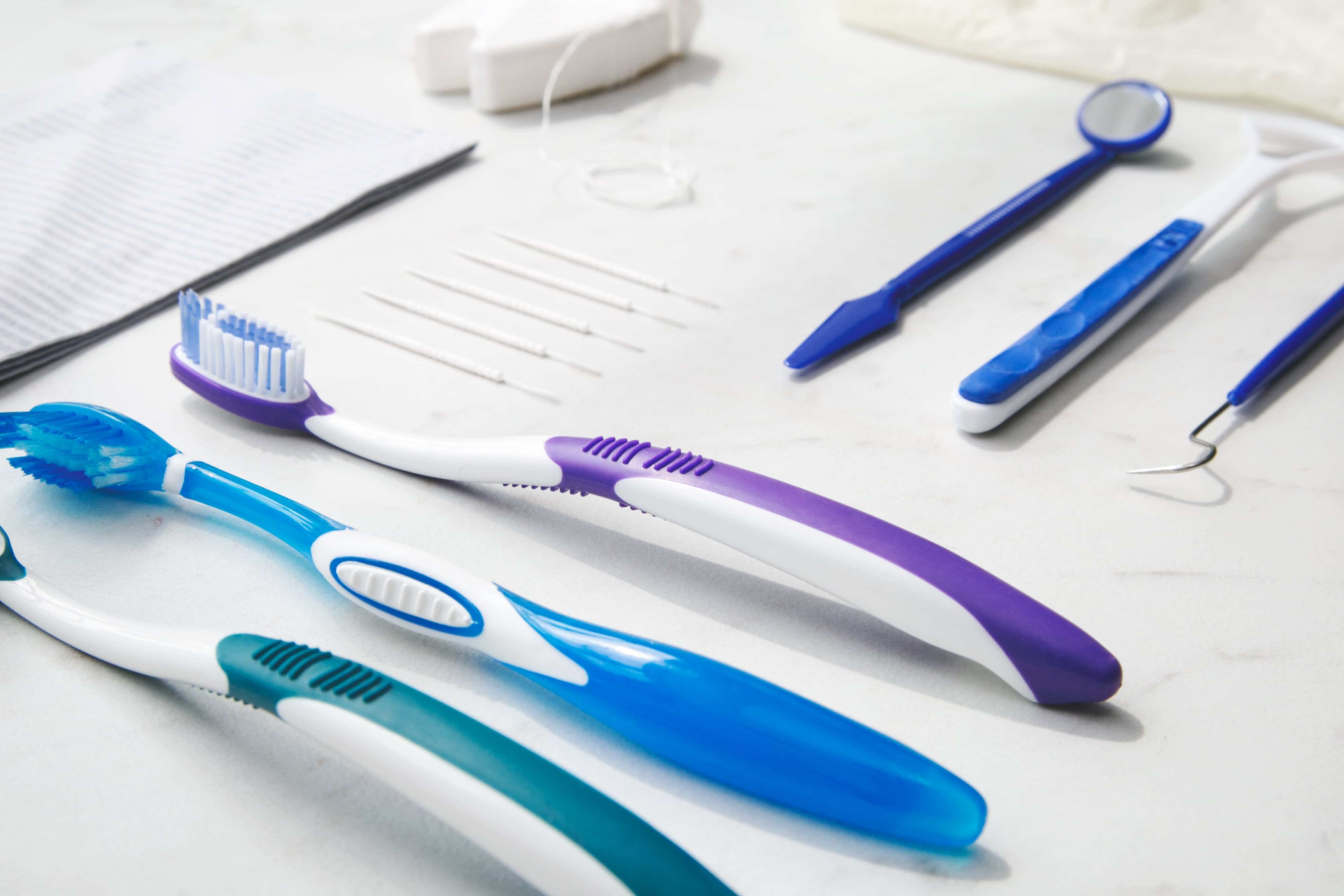
17 Jan Can Waterpiks Damage Your Gums?
Traditional string floss is the most effective method of flossing. However, patients with arthritis or metal braces can have trouble manipulating string floss. Luckily, a water flosser such as the Waterpik® is a great alternative when string floss isn’t an option.
But many patients initially worry that such a device will hurt their gums. Waterpiks® use pressurized water to remove plaque from teeth, which many assume could damage their gums or teeth. Let’s find out, are water flossers bad for gums?
Can Waterpiks® or Floss Damage Your Gums?
Many patients have heard stories of how friends or family have experienced bleeding gums when flossing. This has turned people away from using specialized cleaning methods for their teeth, relying solely upon daily brushing. However, flossing once a day is crucial in effectively preventing plaque and tartar buildup.
While using string floss too roughly or improperly using a Waterpik® can cause damage, bleeding gums is actually more often a sign of a dental health problem. Periodontal (gum) disease is a severe infection of the gums, and one of its earliest signs is bleeding gums.
This is because bacteria buildup causes inflammation that makes the gums bleed more easily. Gum disease only worsens with time and can eventually result in tooth loss. So if your gums bleed while flossing with string floss or a Waterpik®, you should visit the dentist right away.
Treating Bleeding Gums
Sometimes, simply improving your oral hygiene routine is enough to stop bleeding gums caused by early-stage gum disease. Clinical trials have found that flossing paired with toothbrushing is more effective for treating mild gum disease or reducing plaque than simply brushing alone. In clinical trials conducted to determine their effectiveness, water flossers such as Waterpiks® have likewise been found to fight gum disease and reduce bleeding gums.
But gum disease isn’t always the culprit. Many patients often have trouble using proper water flossing techniques due to lack of usage and not knowing the proper methods. Of course, improper methods of using string floss or Waterpiks® place users at risk of damaging their gums and causing them to bleed. However, this is not a reason to stop using Waterpiks®. You should instead take steps to improve your techniques when using a Waterpik®, as proper usage will improve your overall oral health.
If your gums continue to bleed after two weeks of improving your oral hygiene routine or techniques, don’t hesitate to contact your dentist. More severe cases of gum disease require immediate intervention and deep dental cleaning.
Are Waterpiks® Better Than Traditional Flossing?
Generally, dentists only recommend Waterpiks® to patients who have trouble using traditional floss due to either physical limitations or braces. These tools are generally easier to use and less painful than traditional floss.
However, traditional flossing remains the most effective means of cleaning hard-to-reach points between one’s teeth. Water flossers aren’t quite as effective, and patients should be aware of this fact when choosing their cleaning tools. You can, however, use a Waterpik® after flossing with string floss to help rid your mouth of the loosened debris.
Treatment for Bleeding Gums in Prescott, AZ
There may be a point when, even while using proper techniques, your daily routine of flossing or using a Waterpik® does not lessen the bleeding you experience. In these cases, you may have a more serious condition that threatens your health that requires specialized treatment.
If you suspect this to be the case, do not hesitate to contact us at Prescott Dentistry. Our dentists are biomimetic dentistry experts and will work with you to determine a treatment that works best for you.



